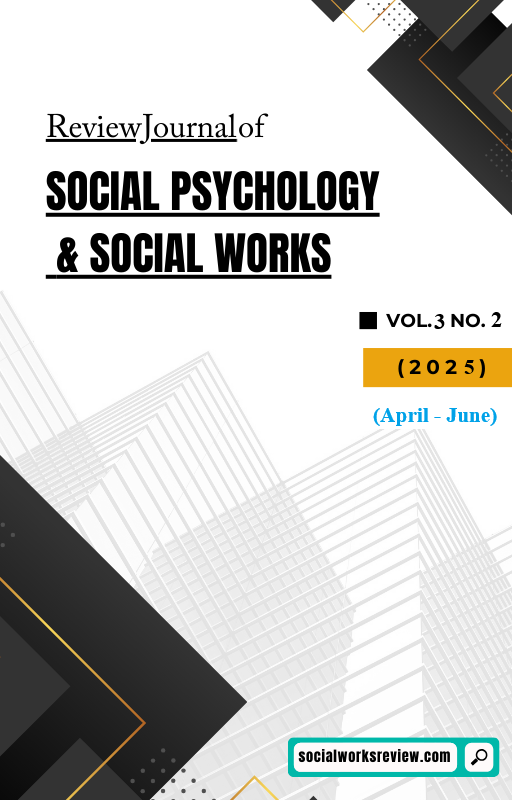Decoding Oedipal Revolt in Kafka’s Story “The Judgment” through Barthesean Five Codes: Structuralist Analysis
Keywords:
Barthesean Five Codes, Oedipal Revolt, Authority Versus Submission, Patriarchal Judgment, Fatalistic Suicide, KafkaesqueAbstract
In this study, Frantz Kafka’s short story “The Judgment” (1913) has been examined through Roland Barthes' five codes of interpretation, i. e., hermeneutic, proairetic, symbolic, semantic, and cultural. “The Judgment” enfolds Pandora’s box of numerous puzzling psychological and cultural enigmas intriguing the reader about Oedipal revolt as to why a bed-ridden father condemns his only devoted son, a business tycoon, to capital punishment which the son embraces straight away. The Barthesean paradigm of textual analysis established in his 1970 book S/Z is envisaged here to help unravel the stylistic import Kafka invests in “The Judgment” besting it with certain riddles that are the hallmark of its inexplicable dreamlike storyline. The hermeneutic code marshals the reader’s thoughts on the questions of the story's genre, title, plot, denotative, connotative, and cultural meaning. The proairetic code engages the action and reaction series using five plot elements of the exposition, complication, conflict, falling action, and resolution. Hence, it also furthers the sense of suspense, enigmatic appeal, and the prediction of denouement, goading the reader’s judgment to advance answers to the fundamental questions arising out of context. The symbolic code shows the major themes that are a given of literary devices of binary opposition, such as the themes of Oedipal revolt and correspondence versus opposition. While the key theme of authority versus submission embedded in the father-son relationship leading to the justification of the illogical judgment in the story comes out as per semantic code. Moreover, the cultural code aims to interpret the cultural idioms, values, mindsets, and traditions that are featured in the tale. This paper aims to offer logical responses to the questions it raises in a bid to make the story intelligible for the reading public.





